There are 3 types of real Christmas tree and they are perfect for different types of home
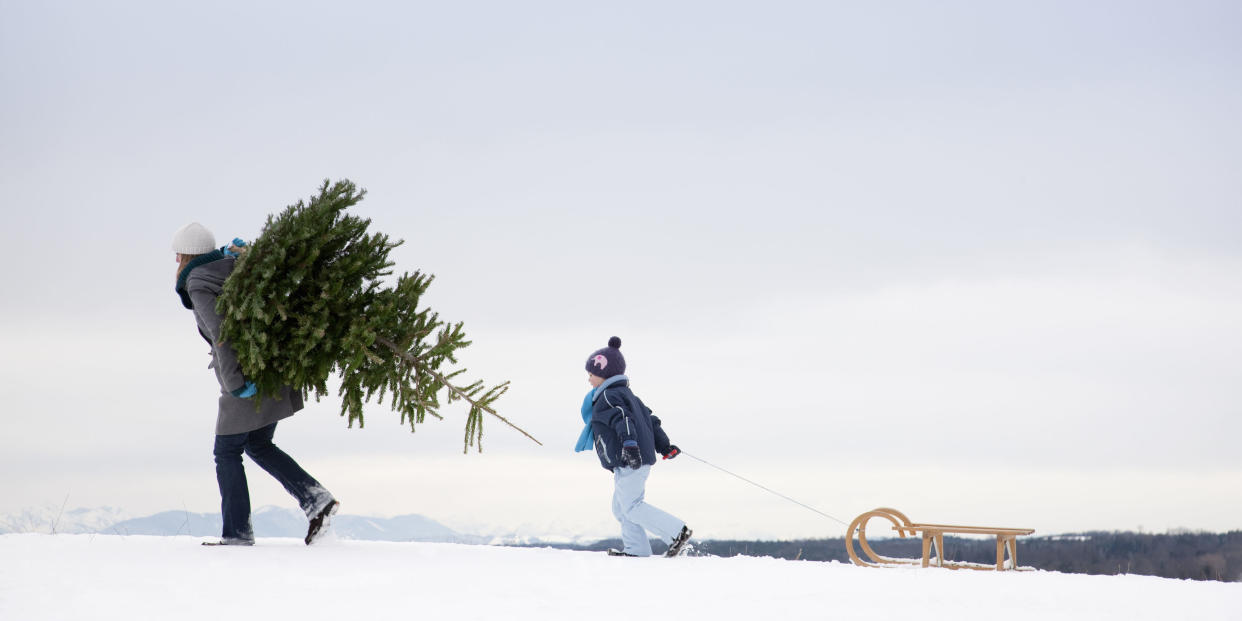
Ho ho hooray – Christmas is at long last upon us. But we all know the merriment can't officially begin until a gloriously scented real Christmas tree, big beyond all reason, is taking up half of the living room floor.
While they bring us much joy, Christmas trees can also be a source of seasonal stress – from figuring out where to look for real Christmas trees for sale, to the realisation, when you get it home, that it's two foot higher than your ceiling.
But the real challenge? Choosing one. Get that bit right and everything else just falls into place. To help you avoid any festive fiascos, here's a helpful guide to picking the perfect Christmas tree for your home.
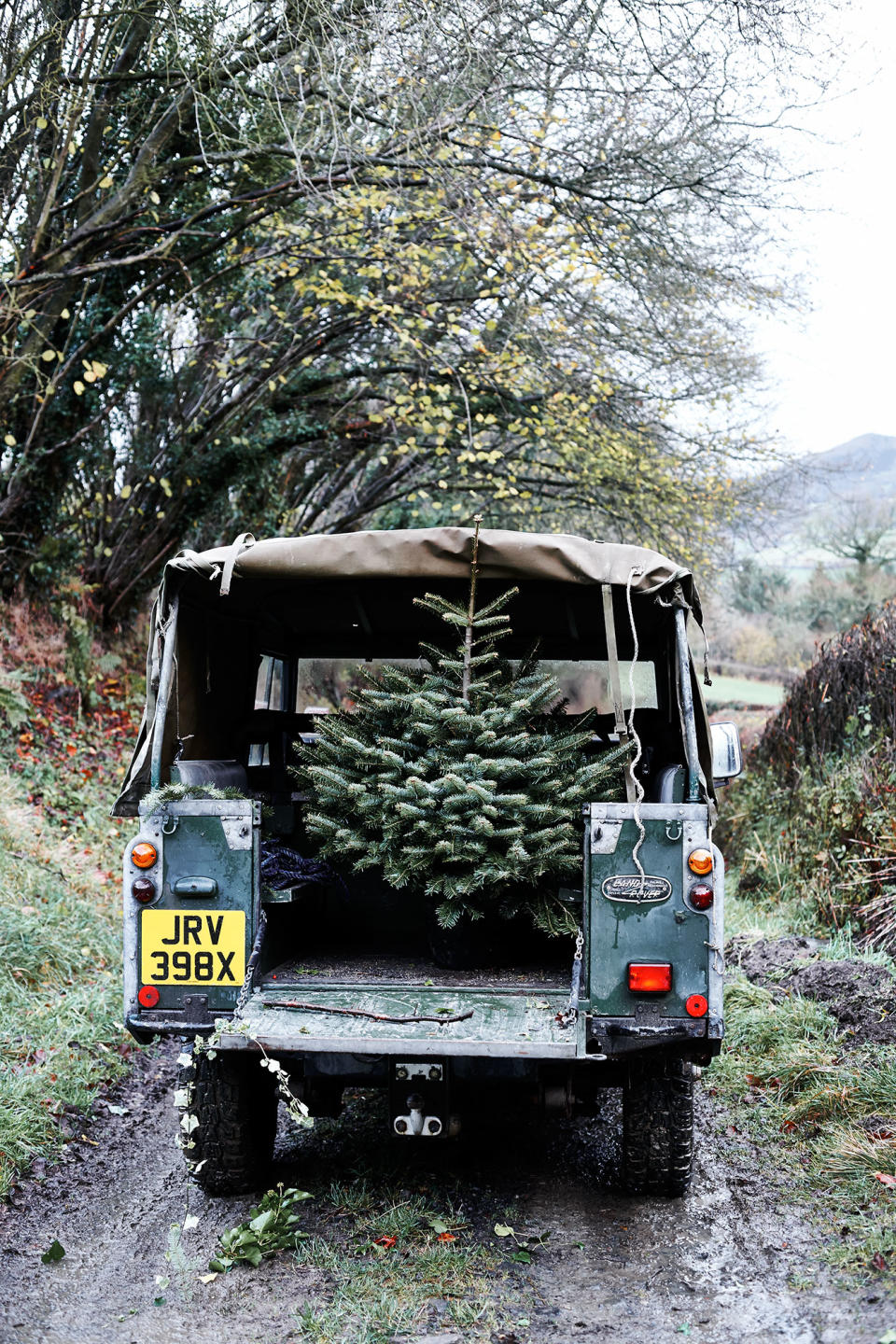
REAL OR ARTIFICIAL?
With their Christmassy pine scent, there's nothing quite like a real Christmas tree, and while it may seem counterintuitive, The Forestry Commission England point out that having a real tree is more beneficial to the environment than having an artificial one. This is because real trees use ten times fewer materials and five times less energy than artificial trees, and are completely biodegradable.
If you're feeling particularly conscientious about the real Christmas trees for sale, buy from one of the Forestry Commission's nationwide sales centres – whose trees are all grown in the UK and who operate a 'buy one plant one' policy – meaning a tree is planted for every tree harvested. You'll also receive a free baby sapling to plant your own tree.
3 TYPES OF CHRISTMAS TREE
1. Norway Spruce
This is the most traditional Christmas tree. First brought to the UK by Prince Albert in 1841, the Norway Spruce is best known for its triangular shape, vivid green needles (which admittedly drop quickly) and abundance of branches, great for hanging lots of decorations. Perhaps most important is its rich, sweet Christmassy scent.
These trees are the perfect trees for traditionalists, who don't mind having to hoover up pine needles every now and then.
HELPFUL TIP: to help your spruce retain its needles you need to place it away from any radiators/fires and water it every day.
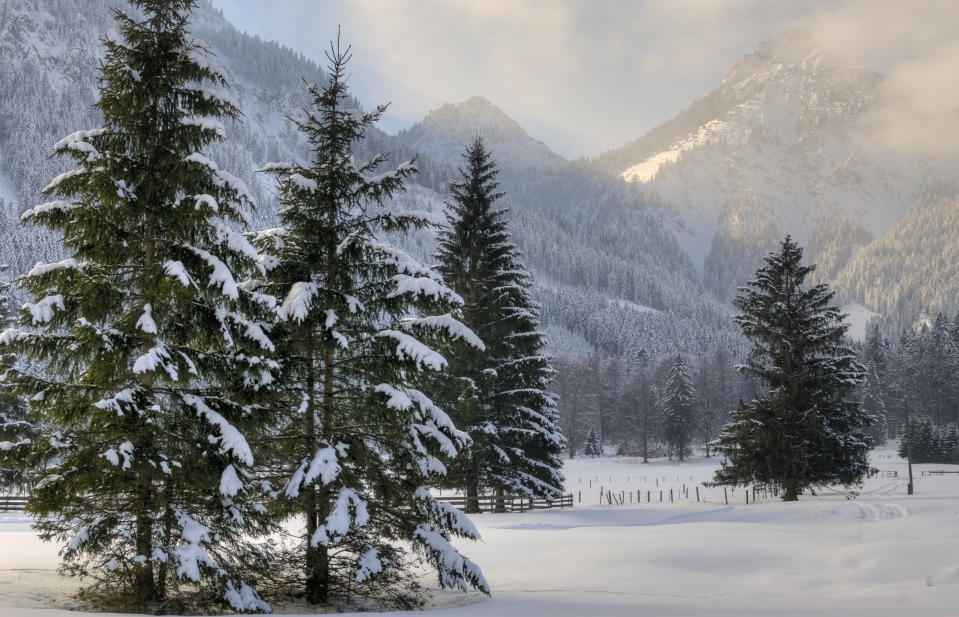
2. Nordmann Fir
Owing to its ability to retain those pesky needles, the slightly more expensive Nordmann Fir is Britains best-selling Christmas tree. Its soft foliage and symmetrical shape make the tree a joy to decorate and more appropriate for those with young children, likely to gallop past and knock the branches.
The glossy, dark green needles also have a whitish/light blue underside. You'll need a big space to show off this mighty tree in its full glory – for a 6ft tall tree allow approximately 5ft.
3. Lodgepole Pine
The bushy appearance and luscious long green needles of the Lodgepole Pine make the tree an appealing choice. Its branches point upwards and hold a festive pine scent. Crucially, this is the tree with the best needle retention of them all – perfect for the merriest of merrymakers who like to get their tree up early and keep it right though to January.
However, high ceilings are a must; make sure you measure the height of your room where you plan to put the tree before you go pick one up.
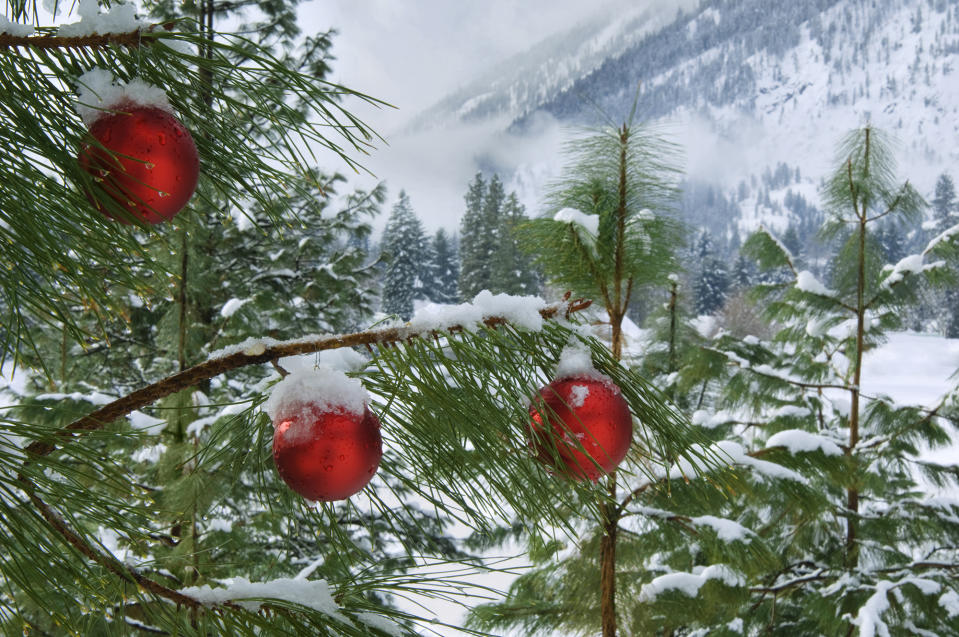
HOW TO MAKE YOUR TREE LAST
Like people, the festive season takes it's toll on trees too, and most are looking a little worse-for-wear come January. But, with a little care and attention, you can prevent needles dropping and colour fading, so for the duration of December, your tree will look as green and glorious as the day it was plucked from the forest.
1. Get outdoors
Naturally, trees prefer being outdoors, so keep yours outside in the cool until you actually plan on decorating it.
2. Snip it
Cutting off 2.5cm from the trunk of your tree will aid with water absorption, helping to keep it hydrated and healthy.
3. Keep it cool and dry
Select a spot where your tree will stay cool and dry space, not right next to any radiators or fires.
4. Water, water, water
As soon as you've snipped the trunk, pop your tree in a stand and ensure the trunk is immersed in water, then continue to water it regularly.
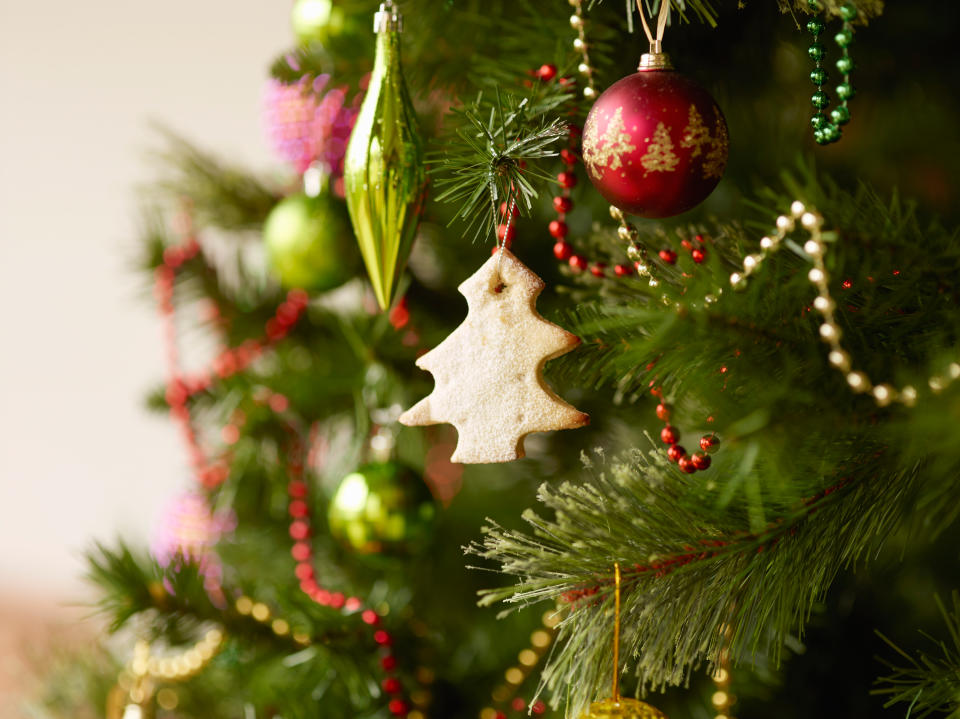
Need some decorating inspiration? We've got a range of guides including:
• White
Join us for a Country Living Christmas!
This year, we have four exciting Christmas events. Throughout November and December, we have our very own Christmas fairs in London, Glasgow and Harrogate. We will also be taking our craft and gift stalls to Ascot races in November.
Get more info and buy your tickets here!
You Might Also Like

